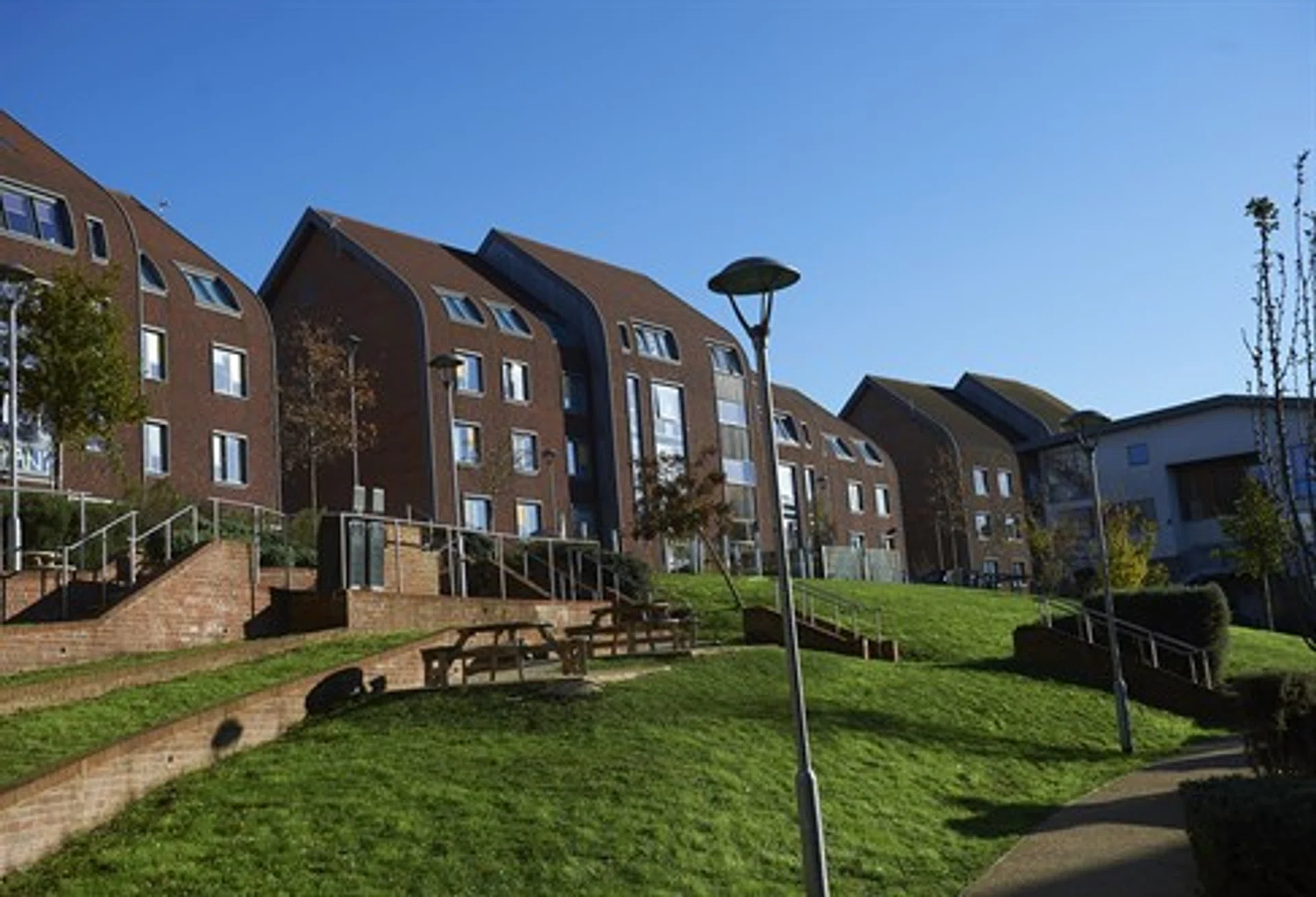UK: Around 16,000 real estate professional descended on Leeds this week, to the Royal Armouries and its temporary tented village, for UKREiiF.
The sun shone, connections were made, deals were done and sweat dripped off the brows of attendees in a comprehensive stream of panels and presentations.
There was noticeable increase in the prominence of the living sector in the event programme, with several sessions devoted to BTR, coliving and student housing.
At a discussion following a presentation of PriceHubble’s Who lives in BTR? report, Lizzie Breckner of Knight Frank revealed that over the last year, North American investment in to UK BTR has been greater than UK investment, at £2.7 billion.
A session on accelerating net zero with AI produced some interesting points, perhaps the main one was that for all its strengths, AI is less important at this stage than making current building stock perform the best it can with current systems.
Brett Ormrod of LaSalle Investment Management, said: “It’s important to optimise existing systems – most buildings are not run efficiently. For example, we need to make sure heating systems are not fighting against cooling systems.”
Tilly Shaw of Verco added that: “Post net zero, post-2050, we will still need to optimise buildings, it’s not a requirement that is ever going to go away.”
She also highlighted to complexity of onboarding new technology in the built environment: “Real estate has a very complicated stakeholder map – there is often a huge number of parties who need to be on board when adopting a new technology.”
One of the conundrums of using AI to speed pop the journey to net zero is that the use of AI is incredibly energy hungry. By 2030 half of all energy used in data centres will be for AI operations – a huge energy and water cost, said Shaw.
Matt Benton of BIP UK, urged attendees to think of AI tools as a ‘digital team mate’, but stressed that every time you are asking a large language model (LLM) a question, you are using a lot power. “This is pertinent as our interactions with AI is different from our interactions with a search engine. Instead of asking one questions, it’s much more conversational, we ask lots of questions.”
Pål Hauff Hvattum of CQuel cited Amara’s Law in relation to AI and real estate. It was coined by Stanford University computer scientist and long-time head of the Institute for the Future by the name of Roy Amara. He said that we tend to overestimate the impact of a new technology in the short term, but we underestimate it in the long term.
Stefana Moroianu of Invesco echoed the opening sentiment of the discussion, saying: “We have achieved a 20 per cent energy reduction in one of our hotels in Germany as a result of using an AI-enabled digital tool. Hotels are a particularly energy-hungry asset class. But as an industry I think we are getting ahead of ourselves talking about capex and new technology, when we need more optimisation first.”
The sheer complexity of finding the right tool was highlighted, a process not helped by the fact that two-thirds of generative AI start-ups, fail according to Penton.
Hvattum said: “There are way too many SaaS providers out there. But it’s amazing what you can do yourself now – the tools are out there. My eight-year old can do in an hour what it would have taken 35 programmers a day to do a few years ago. Think about build versus buy.”
A conversation in the Leaders Romans Group pavilion on BTR and SFR kicked off with a discussion of definitions and understanding.
David Reid of L&G’s suburban BTR business said: “Customers don’t understand the definitions SFR and BTR but they do understand the value of a brand, and we have a recognisable brand.”
Richard Berridge of Blackbird Real Estate said: “The government understands BTR but not SFR – it’s important that they don’t conflate the two”, while Emma Fletcher of Octopus Energy said the sector should be called ‘long-term rental’.
Berridge added that “We are in an echo chamber. As an industry we don’t look critically enough at what we do, and our messaging. People still aspire to own, but before they do we need to provide really good place for them to live.”
The conversation tightened focus son to SFR, with Debra Yudolph of SAY predicting that we will see more differentiation in the suburban market. “Some will keep it vanilla and some will have more of a design concept,” she said.
Reid added that “Some of the SME housebuilders are looking to challenge the PLCs in the SFR market but are unable to compete when it comes to land acquisition – institutional investment can accelerate their progress. If the for sale market recovers strongly and the government introduces a new version of Help to Buy, some housebuilders will probably drop out of the SFR market, but some will stay the course.”
























